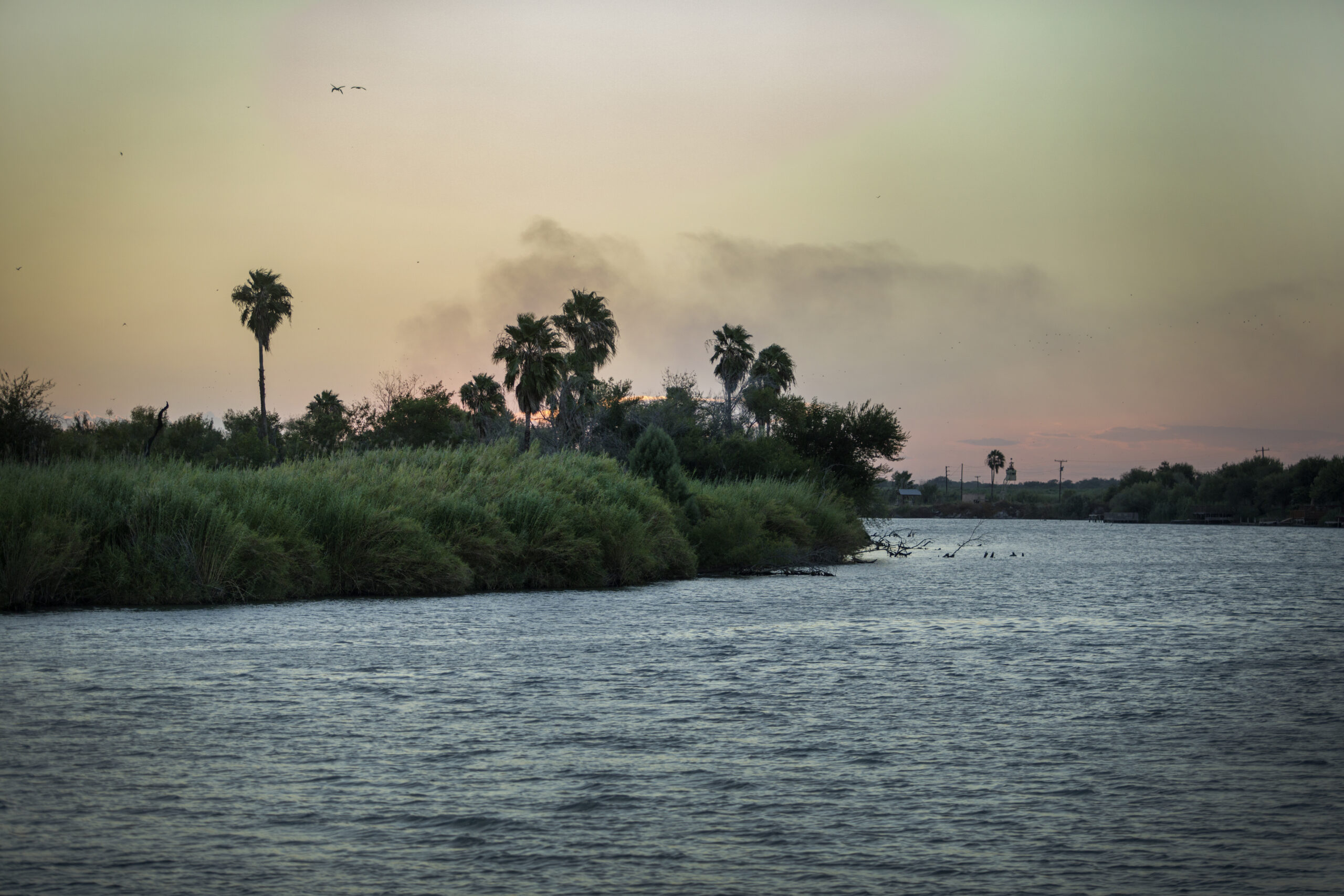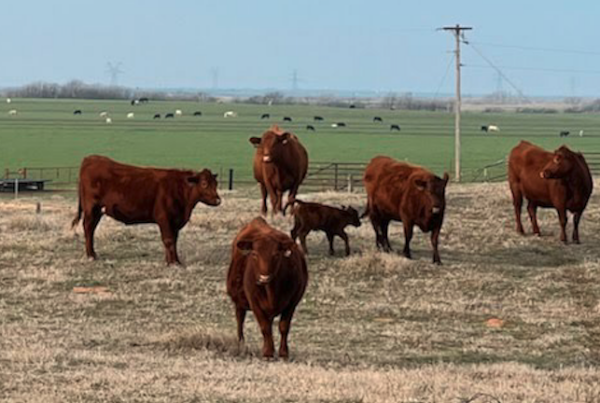The Rio Grande – the body of water that outlines the border between Texas and Mexico – is becoming saltier. That’s affecting people, farmland and livestock on both sides of the border.
But in Texas, those who live along the river point to a longstanding issue between Mexico and the U.S. – increased water usage in Mexico.
Brandon Mulder wrote about the Rio Grande’s salt problem for Texas Monthly. He says a longstanding water-sharing treaty and climate change play roles in the increasing salinity of the river. Listen to the interview above or read the transcript below.
This transcript has been edited lightly for clarity:
Texas Standard: Has the Rio Grande always been prone to salinity or is this something new?
Brandon Mulder: Well, I think any river system is prone to salinity, but it really depends on the volumes of waters that are flowing down the river.
And in recent decades, the volume of water has become a bit of an issue between Texas and Mexico because there has been increased water usage on the Mexican side’s tributaries to the river. And when there’s less water flowing down the channels of the river, there is just going to naturally be a saltier river.
Not only is the volume of water impacted by the usage upstream, but also we have more frequent droughts. So at the same time, this is a product of climate change as well.
Well, let’s talk a little bit more about all of that. What about the consequences for farmers and others along the river? We’ve been hearing a lot just from listener email on this subject.
There’s so many farmers in the Rio Grande Valley region that depend on solely the river waters to irrigate their crops. There’s not really any other options they have other than just sort of the sporadic rains.
When they irrigate their crop lands, they’re essentially putting a salty water product on to their crops. And salty water, when it infiltrates the soils, makes it harder for those crops to absorb the nutrients they need – the moisture they need – to survive.
So, in effect, that diminishes crop yields for farmers in the short term. In the long term, as you continue irrigating with waters with high salinity levels, it can really degrade the value of the crop land. It’s akin to salting the earth, so to speak.
» RELATED: Water shortage in Rio Grande Valley will be expensive, study shows
And you mentioned climate change. How is that playing a part here?
I think all officials on both sides of the border agree that this is a shrinking river system altogether. And that’s partly just due to the fact that the region is seeing more droughts.
This is not something that’s only impacting the Rio Grande. It’s impacting river systems across the entire southwest, including the Colorado River that flows into Mexico.
So the U.S. and Mexico have a water-sharing treaty I know. We were talking about how Mexican farmers seem to be using a lot more of the water. How is that playing out? And is there any issue about cooperation on this issue of salinity?
That’s the real crux of the issue here. And this is an issue that goes back a few decades at this point.
So going back in history, we have the 1944 water treaty that was an agreement forged between the U.S. and Mexico that kind of dictates how the two nations share the volumes of water flowing down the Rio Grande and flowing down the Colorado River and flowing down the Tijuana River. So all across the border region.
For the Rio Grande, however, there have been some issues with regards to Mexico paying its fair share of water back to the U.S. to satisfy the terms of the treaty. So in essence, every five years, the Mexican federal government owes the U.S. certain waters and in exchange, the U.S. federal government owes the Mexican government waters on the Colorado River and Arizona.
So Mexico has continued falling behind on its water deliveries to the U.S. along the Rio Grande. And that’s really become a political issue between the two nations as they try and figure out how to deal with a shrinking river system.
Something special happened in 2020. Did Mexico not deliver as much as it was expected to in 2020?
There was the end of a five-year cycle by which the U.S. was owed water deliveries. And Mexican President Andrés Manuel López Obrador agreed to release waters along the Rio Conchos, which is the largest Mexican tributary to the Rio Grande.
And in response, a lot of Mexican farmers protested against that. They blocked the dam. The federal government sent down National Guard troops, and there was a clash.
That issue was ultimately resolved through other means. However, it definitely looms large in the minds of policymakers on both sides of the border.
So what solutions are there to this issue of salinity other than more rain in the region?
Well, we don’t specifically know yet. This is something that researchers are kind of looking into.
This could range from things like desalination plants. It could range to things like more strict irrigation schedules for both U.S. farmers and Mexican farmers. But either way, it’s going to require collaboration between the two sides, and it might require a little bit of money as well.
What the ultimate deal will look like will just kind of depend on politics.













